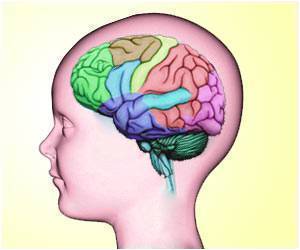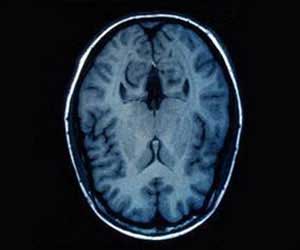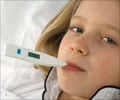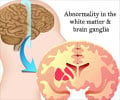As epilepsy impacts more than 2 million Americans, there is a pressing need for new therapies to prevent this disabling neurological disorder.

"A large fraction of epilepsy sufferers cannot take drugs for their disorder or the existing drugs do not manage it," said Dr. Shapiro, professor of physiology in the School of Medicine. "As a result, many opt for surgery to remove the hippocampus, a part of the brain where memories are stored but also where seizures are often localized. The heart-wrenching choice is between their memories and the epilepsy."
Genes go into action
A major finding of the study is that selected genes get switched on during and after a seizure, sending swarms of signals to reduce uncontrolled firing of nerve cells. A medication that amplifies this response after a person's initial seizure could thus prevent recurrent seizures and the onset of devastating epilepsy.
Uncontrolled electrical activity by specialized electricity-producing proteins in the brain called "ion channels" triggers epileptic seizures. One in 10 people have a lifetime risk of suffering a seizure, which can occur for a variety of reasons including traumatic brain injury, stroke or drug overdoses.
A powerful brake
Advertisement
"In addition to epilepsy, the findings have implications for relief from chronic pains, cardiovascular disease and recovery from mood disorders," he added.
Advertisement
It was not known that electrical activity could regulate M-channel genes, Dr. Shapiro said. Nor was it known that the AKAP79 organizer protein, which coordinates many aspects of M-channel function, could turn on their genes in a person's DNA. By increasing M-channel expression in the brain, uncontrolled electrical firing of nerve cells in the brain is sharply controlled.
Mouse experiments
The Shapiro lab team records electrical currents and performs imaging in living nerve cells to measure M-channel activity. This study included inducing seizures in healthy mice. After a seizure, gene expression of M-channels in the hippocampus increased more than 10-fold within 24 hours, Dr. Shapiro said. This protective effect was completely absent in mice lacking the mouse version of the AKAP79 gene.
"Because excessive firing of nerve cells is also involved in chronic pains, such as migraines, mood disorders and hypertension, increasing M-channel signals to reduce nerve-cell firing could also likely be effective in treating those conditions," Dr. Shapiro said.
This is only the second research paper from The University of Texas Health Science Center at San Antonio to be published by Neuron since 1996.
Source-Eurekalert















